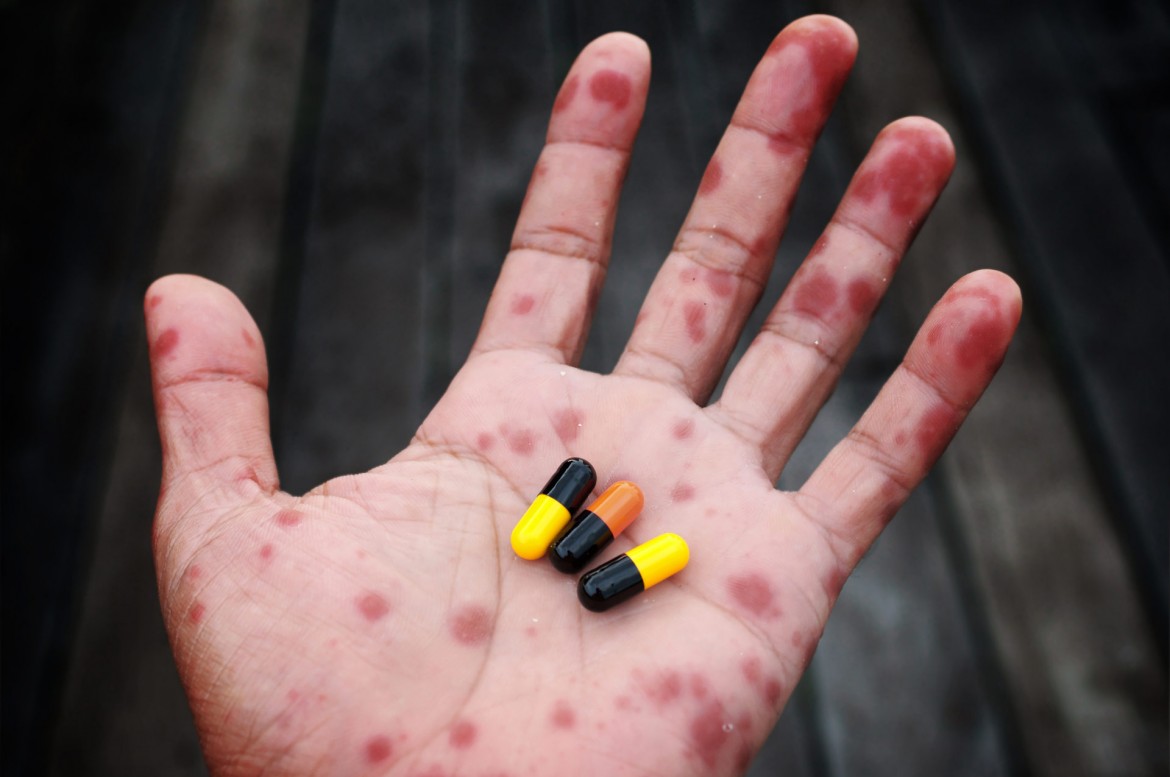27th February 2015
Scarlet fever.
Ask anyone of a certain age to describe the illnesses that blighted their childhood and a name will crop up that chances are you have never heard of before – Scarlet fever. You might think this illness is something consigned to the past, but recent reports are that there has been a spike in cases within the Midlands this year. In fact, according to the NHS there are between 2,000 & 4,000 case annually in the UK, so not as rare a condition as you might think.
Scarlet fever is a bacterial condition that typically presents itself as a pink/red rash that is rough to the touch. The rash may start in one area before spreading to other parts of the body, such as the ears, neck and chest. The rash may also be itchy. Other symptoms include a high temperature, a flushed looking face and red, swollen tongue.
Scarlet fever is highly contagious and you are at risk of transmitting the disease to others for 2-5 days before you actually show signs of any infection. The first signs of infection are a sore throat, headache & high temperature. The rash normally follows within 2 days of these initial signs. Thankfully most cases are mild, but sufferers can go on to have swollen neck glands, a loss of appetite, nausea or vomiting, red lines in the folds of the body, a white coating on the tongue that peels after a few days leaving a red and swollen tongue and a general feeling of being unwell.
If you are suffering from apparent Scarlet fever you should see your doctor as soon as possible. They may well take a swab from the back of your throat to confirm the diagnosis. Treatment is by taking antibiotics.
Anyone can catch Scarlet fever, although most sufferers are children aged between 2 and 8 years old. It is also possible to suffer repeat infections. By age 10 most children have developed a natural immunity to the disease.
Scarlet fever is highly contagious. It is spread through close contact with an infected person. Infected children should therefore be kept from school until the antibiotics take effect. All tissues and cloths that someone with scarlet fever has coughed or sneezed into should be washed or disposed of immediately. You should also wash your hands thoroughly with soap and water if you have touched any of these. Sharing contaminated eating utensils, cups and glasses, clothes, baths, bed linen or towels should also be avoided.
There is currently no vaccine for Scarlet fever. Thankfully, with antibiotics, most cases are now mild compared to yesteryear with recovery taking about 10 days although it can take a few weeks for swollen tonsils & glands to recover to normal.
